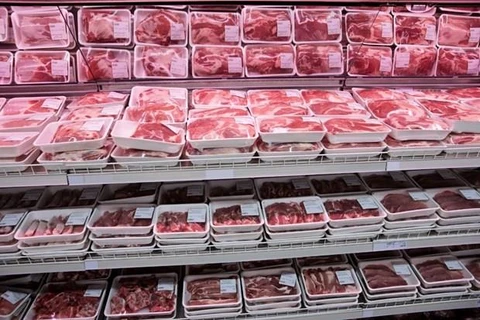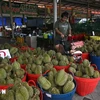 The Philippines plans to buy less rice from foreign markets next year amid excessive supply coupled with improvement in local production.
The Philippines plans to buy less rice from foreign markets next year amid excessive supply coupled with improvement in local production.(Photo: Philippine Department of Agriculture)
Singapore (VNA) – After setting record-high imports this year, the Philippines plans to buy less rice from foreign markets next year amid excessive supply coupled with improvement in local production.
In the latest report of the US Department of Agriculture-Foreign Agricultural Service (USDA-FAS), the Philippines is expected to import 2.4 million tonnes, 23 percent lower than this year’s 3.1 million tonnes.
The forecast is given as milled production is projected to increase by 3 percent to 12 million tonnes, while total palay production will inch up 2 percent to 19 million tonnes.
Philippine farmers will continue planting rice despite low prices, and progressive rice producers will become more efficient next year, the USDA said.
Although area harvested is pared down, rice output next year will increase slightly due to favourable weather conditions compared to this year with El Nino. Along with adequate inventories, rice imports are expected to decline in 2020.
The government identified increasing food prices, particularly rice, as a major contributor to inflation last year, which peaked 6.7 percent in last October, the highest in nearly a decade.
According to USDA-FAS, the country’s mid-term elections in May and the initial implementation of agricultural policy reforms, most notably the Rice Tariffication Law resulted in a surge of imports this year. During March-August, the Philippines imported 1.3 million tonnes of rice./.
VNA























